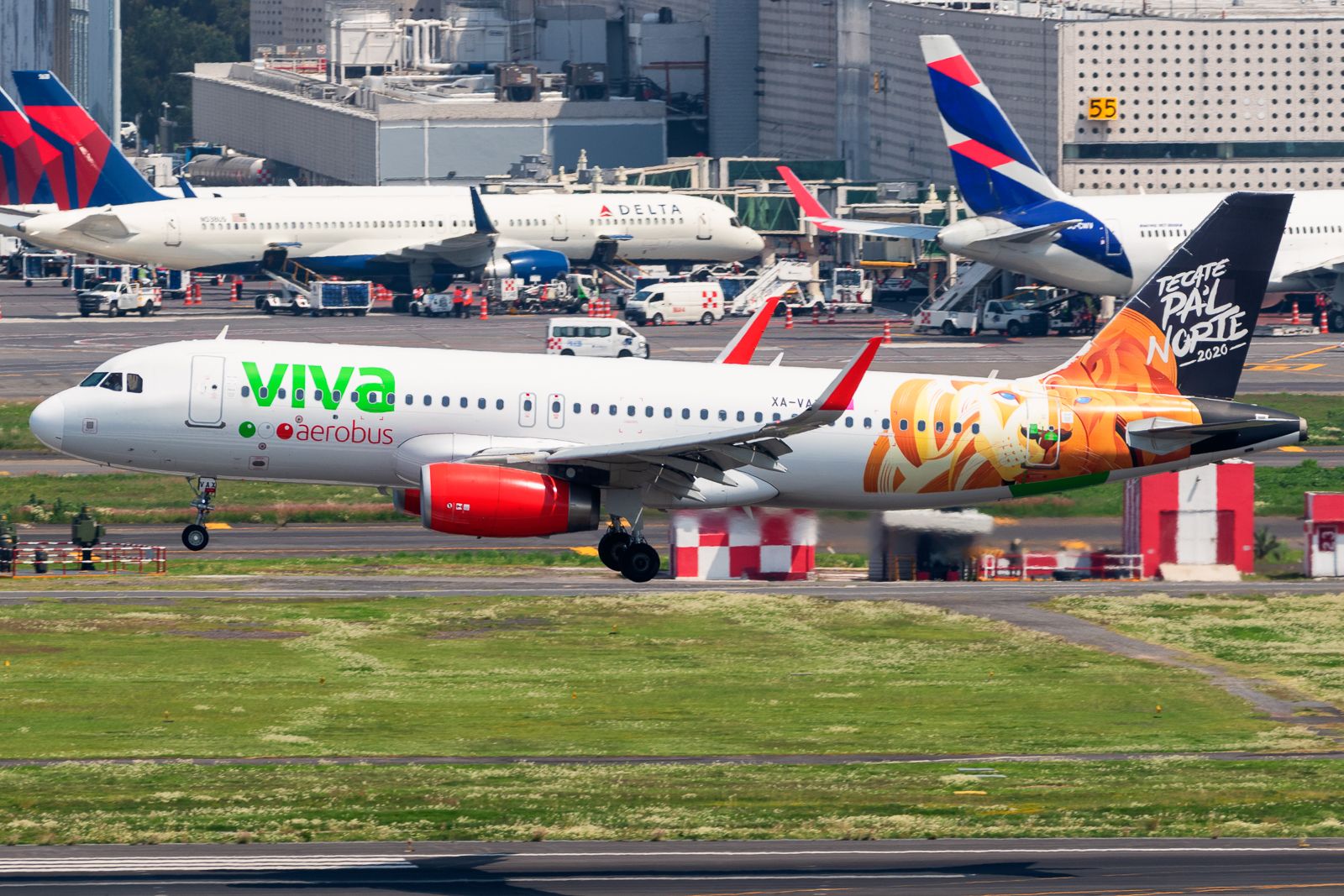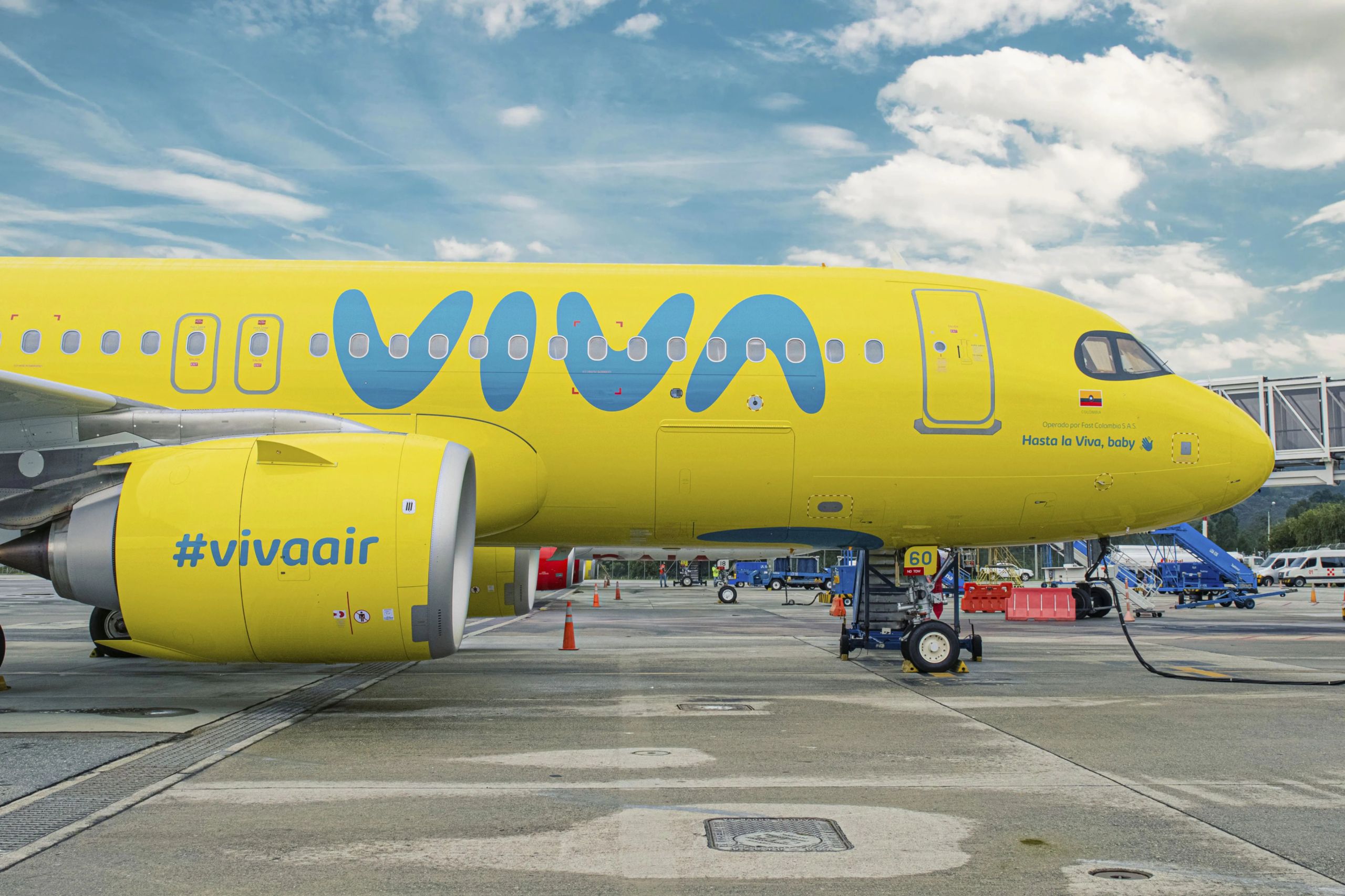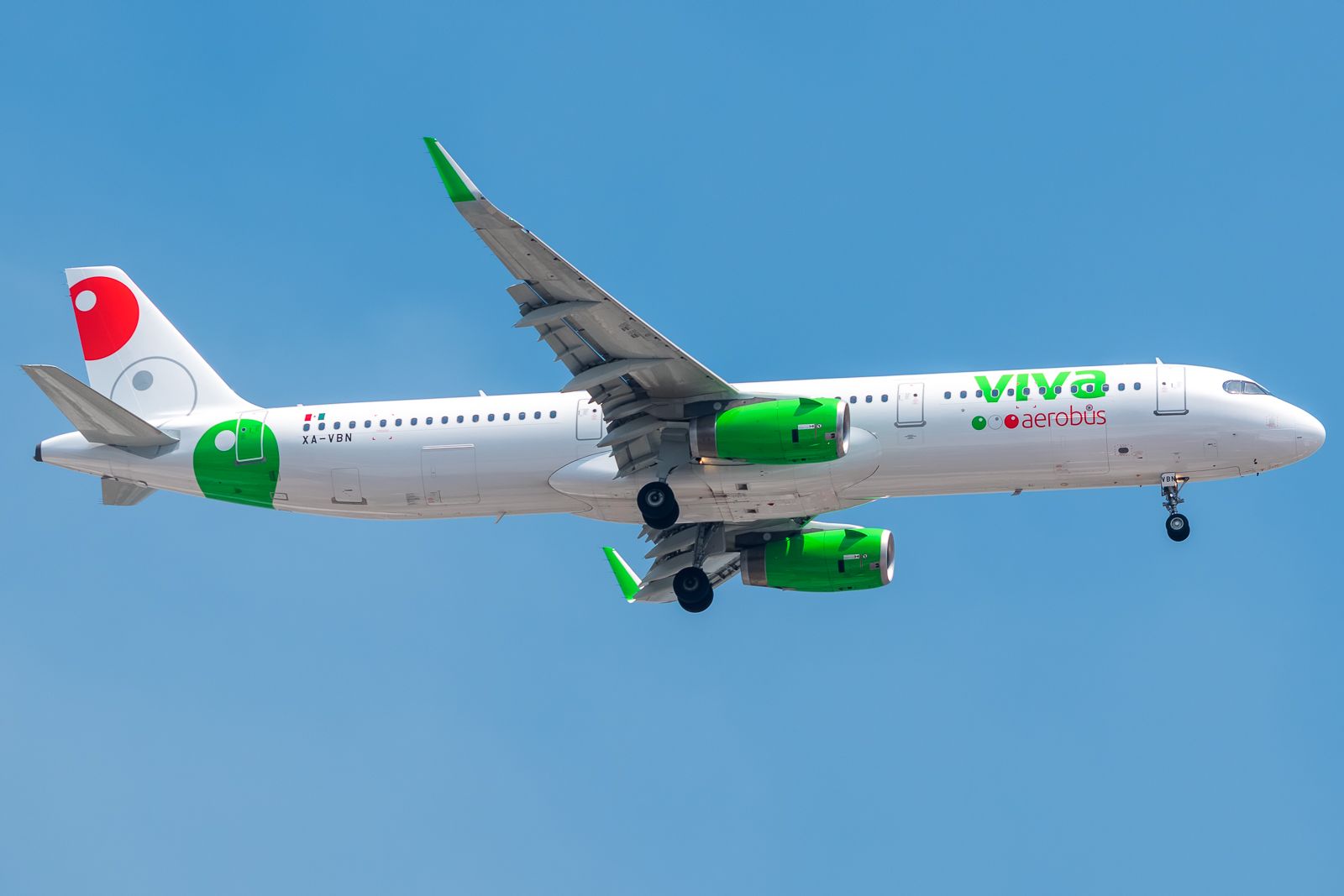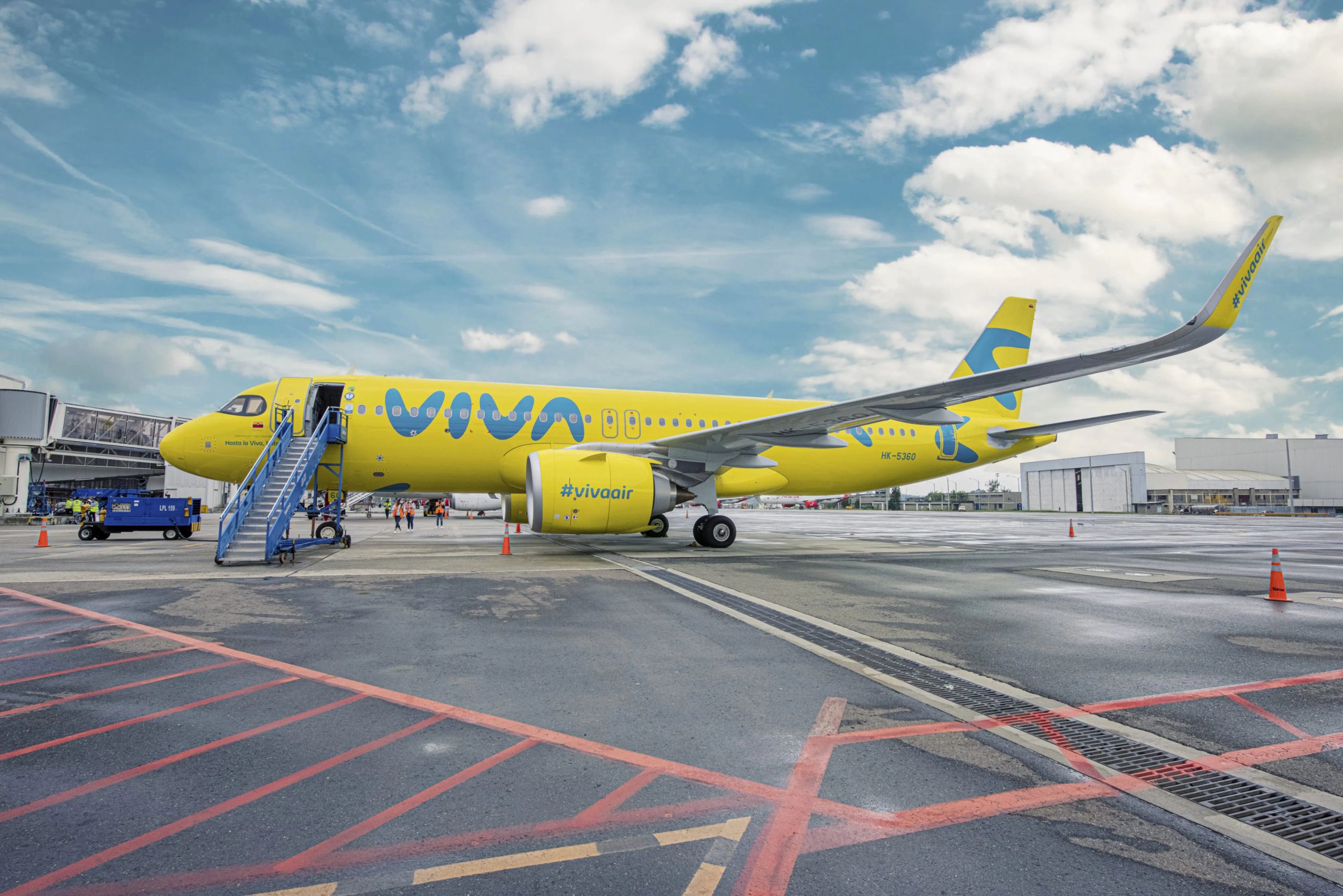Mexican low-cost carrier Viva Aerobus has signed an interline agreement with its counterpart, the Colombian Viva. This is the first step of a potentially successful relationship that could have a codeshare agreement in the future and low-cost connectivity throughout Latin America. Let’s investigate further.
The interline agreement
The Vivas’ agreement is the first of its type between two ultra-low-cost carriers in the region. We have seen exciting alliances developing in the last few months, as the short-lived domestic codeshare between Azul and LATAM Brazil. We’ve also seen American Airlines’ investment announced in GOL and JetSMART and the rumor that Avianca and Sky Airline could merge under one brand.
Now Viva Aerobus and Viva have signed a new interline agreement which will start on November 1. During its initial phase, the interline agreement will allow customers of both companies to access more connectivity between Mexico City and Bogota.
Get your boarding pass to the flight of the year. The Future Flying Forum is taking off soon!
What are the advantages of the interline agreement?
Felix Antelo, Viva’s CEO, explained,
“The first advantage of this interline agreement is that we compliment our schedules. So far, a Viva client only had one flight per day between Bogota and Mexico City. Starting on November 1, when buying a ticket, it will have access to both our schedules. We will give them more offer to exit early or in the night.â€Â
Therefore, the clients of both low-cost carriers will have access to a couple of daily flights between Mexico City and Bogota.
What about a codeshare agreement?
This alliance is only the first step in what the Viva airlines believe could be a much deeper understanding.
Eventually, Viva Aerobus and Viva could sign a codeshare agreement. This could strengthen their connectivity routes by offering each other destinations in countries like Mexico, the US, Cuba, Colombia, and Peru.
Currently, Viva Aerobus has 112 domestic routes and 31 international. In the meantime, Viva has 34 domestic routes in Colombia and Peru and seven international.
Felix Antelo added,
“Being able to get to a codeshare agreement would allow us to sell our capacity in Mexico. Our customers would get access to all of Viva Aerobus’ available seats. This could create a synergy increasing our sales capabilities.â€
Connecting America with a low-cost service
Viva plans to turn its base at Medellin International Airport into a low-cost connectivity hub. The airline’s plan is to connect north and south through Medellin, using its geographical position to Viva’s advantage.
Felix Antelo believes that a codeshare agreement with Viva Aerobus could easily help someone from Buenos Aires get to a Mexican destination traveling at a low-cost with stops in Medellin and Mexico City.
The two airlines are growing
It is not easy to find an airline that is currently growing despite the COVID-19 pandemic. Nonetheless, both Viva Aerobus and Viva are.
The Mexican ultra-low-cost carrier aims to finish the year carrying 15 million passengers, an increase of three million travelers compared to 2019 levels. It will end the year with a fleet of 50 aircraft.
In Colombia, Viva will finish the year with approximately seven million passengers. In 2019, the airline carried nearly six million, meaning it will grow nearly 15% compared to its pre-pandemic levels. Moreover, Viva has increased its market share in Colombia, going from 14% participation to 24%. Finally, in the next few years, Viva will launch 15 new international routes.
Are you excited about Viva Aerobus and Viva’s interline agreement? Let us know in the comments below.




